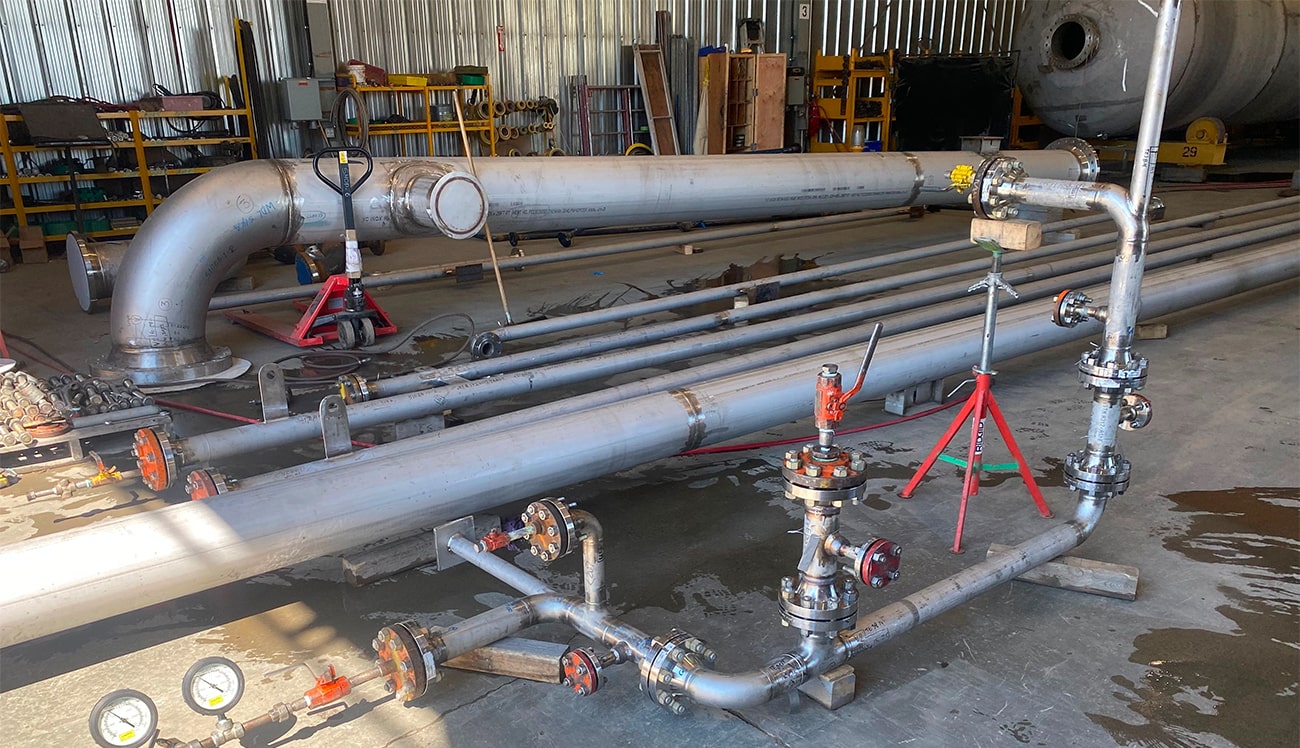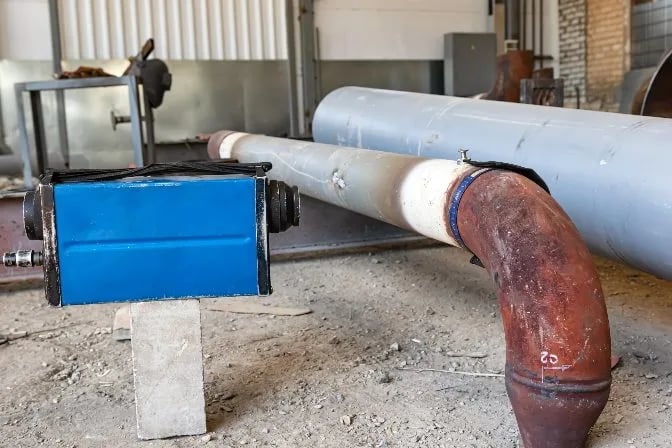Precision Issues: Trusted Pipeline Welding Inspection Services for Essential Tasks
Precision Issues: Trusted Pipeline Welding Inspection Services for Essential Tasks
Blog Article
Important Pipeline Welding Inspection Tips for Quality Guarantee
In the world of pipe building and construction, the honesty of welds holds vital value to make sure the security and efficiency of the entire system. From all-natural gas to fine-tuned petroleum products, pipes develop the lifeline of different industries. How can one assure the high quality of these welds that connect the pipe areas? The answer depends on thorough assessment methods and adherence to stringent top quality guarantee standards. By recognizing the necessary pipeline welding inspection ideas, experts can avert prospective risks, lower expensive repairs, and promote the dependability of these critical facilities.

Importance of Welding Examination
Welding examination plays a critical duty in making certain the architectural integrity and security of pipe systems. By diligently analyzing welds, inspectors can recognize any flaws or imperfections that might endanger the integrity of the pipeline. These examinations are vital for protecting against leaks, ruptures, and various other possibly devastating failings that can result in environmental damages, economic losses, and even loss of life.
The value of welding examination can not be overstated, as the high quality of welds straight impacts the overall performance and durability of the pipe. Via non-destructive testing methods such as visual assessment, ultrasonic screening, radiography, and magnetic fragment screening, inspectors can discover problems that might not be noticeable to the nude eye. By identifying and addressing these issues early, welding examination aids to ensure that pipelines meet industry standards and regulative demands.
Eventually, welding assessment is a critical facet of quality control in pipe building and construction, upkeep, and fixing (Pipeline Welding Inspection). By supporting extensive inspection standards, sector specialists can alleviate dangers and maintain the security and reliability of pipe systems
Typical Welding Problems
Amongst the obstacles faced in pipeline welding, typical issues can considerably affect the architectural honesty and performance of the welded joints. Fractures in the weld can circulate over time, endangering the architectural integrity of the pipeline. Finding and resolving these common defects through extensive examination and top quality control processes are important for making sure the integrity and safety and security of pipeline welds.
Assessment Methods for Pipelines


In making sure the architectural integrity and dependability of pipe welds, the application of rigorous assessment methods is vital. Numerous examination approaches are used to identify potential problems and make sure the total high quality of the welds. Non-destructive screening (NDT) methods such as radiographic screening, ultrasonic screening, magnetic bit testing, and liquid penetrant screening are generally made use of in pipe welding inspection. Radiographic screening involves using X-rays or gamma rays to identify internal flaws, while ultrasonic screening uses high-frequency sound waves to determine flaws. Magnetic bit screening is efficient for discovering surface-breaking problems, and fluid penetrant screening is utilized to detect surface fractures. Visual examination is likewise important in pipe welding to recognize any kind her explanation of noticeable flaws or gaps. In addition, automated examination strategies making use of advanced innovations like robotics and drones are significantly being utilized to enhance the performance and accuracy of pipe assessments. By employing a mix of these evaluation strategies, pipeline bonded high quality can be assured, and prospective issues can be minimized before they rise into bigger problems.
Making Certain Quality Control Requirements
To maintain strict quality guarantee standards in pipe construction, thorough adherence to established sector procedures and guidelines is essential. Quality guarantee in welding processes calls for an extensive strategy including numerous stages of pipe construction. Making certain the quality of welds entails the use of certified welders, proper welding treatments, and adherence to sector requirements such as those established by the American Petroleum Institute (API) and the American Culture of Mechanical Designers (ASME) Evaluation and screening play a vital duty in verifying the honesty of welds, with techniques like non-destructive testing (NDT) being crucial for identifying potential flaws. In addition, keeping thorough paperwork throughout the welding process is necessary for traceability and top quality control functions. Applying a durable top quality administration system that includes normal audits and testimonials can better boost the general quality control standards in pipe welding. By focusing on adherence to these criteria, stakeholders can guarantee the reliability and safety of pipe systems for the lengthy term.
Protecting Against Costly Repair Services
Given the vital significance of keeping rigorous quality control requirements in pipe building, a proactive technique to preventing pricey repair services is essential. By applying comprehensive his response assessment methods throughout the welding procedure, possible issues can be identified and corrected early, eventually conserving both time and cash. One essential aspect of preventing expensive repair services is ensuring that welders are blog correctly trained and licensed, as this substantially decreases the likelihood of faulty welds that might cause future failures. Additionally, making use of sophisticated inspection techniques such as non-destructive testing can aid spot any type of flaws or disparities in the welds before they rise into major problems. Normal maintenance checks and monitoring of ecological factors that could influence the integrity of the pipeline are likewise essential in protecting against expensive repair work. By spending in preventative actions and focusing on quality control at every phase of the pipe welding process, companies can reduce the danger of costly repairs and ensure the long-lasting integrity of their framework.
Verdict
To conclude, adherence to correct welding examination strategies is crucial for making certain the quality and honesty of pipelines. By recognizing usual welding flaws and executing complete inspection procedures, pricey repair work can be stopped, and quality guarantee criteria can be fulfilled - Pipeline Welding Inspection. It is essential for pipe welders to prioritize evaluation procedures to preserve the safety and dependability of the infrastructure they are working with
The significance of welding assessment can not be overstated, as the quality of welds directly influences the total performance and longevity of the pipe. Non-destructive testing (NDT) methods such as radiographic screening, ultrasonic testing, magnetic particle testing, and liquid penetrant screening are generally made use of in pipeline welding examination. Aesthetic inspection is also essential in pipeline welding to determine any noticeable problems or interruptions. Furthermore, computerized evaluation strategies using advanced modern technologies like robotics and drones are progressively being employed to improve the performance and precision of pipe assessments.In verdict, adherence to proper welding inspection techniques is necessary for making sure the top quality and honesty of pipes.
Report this page